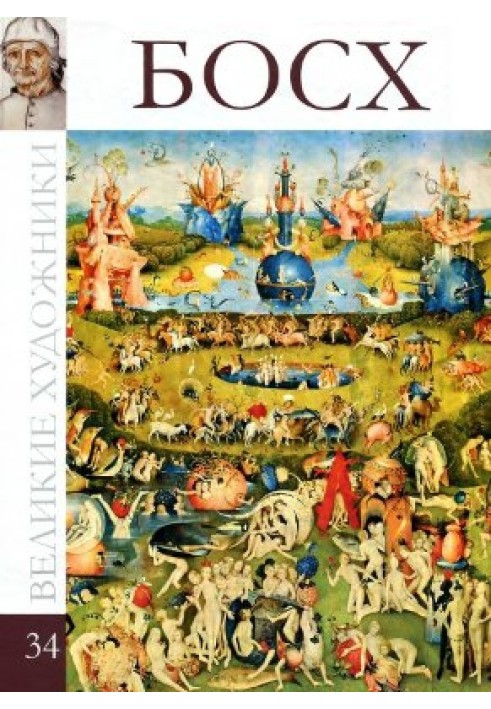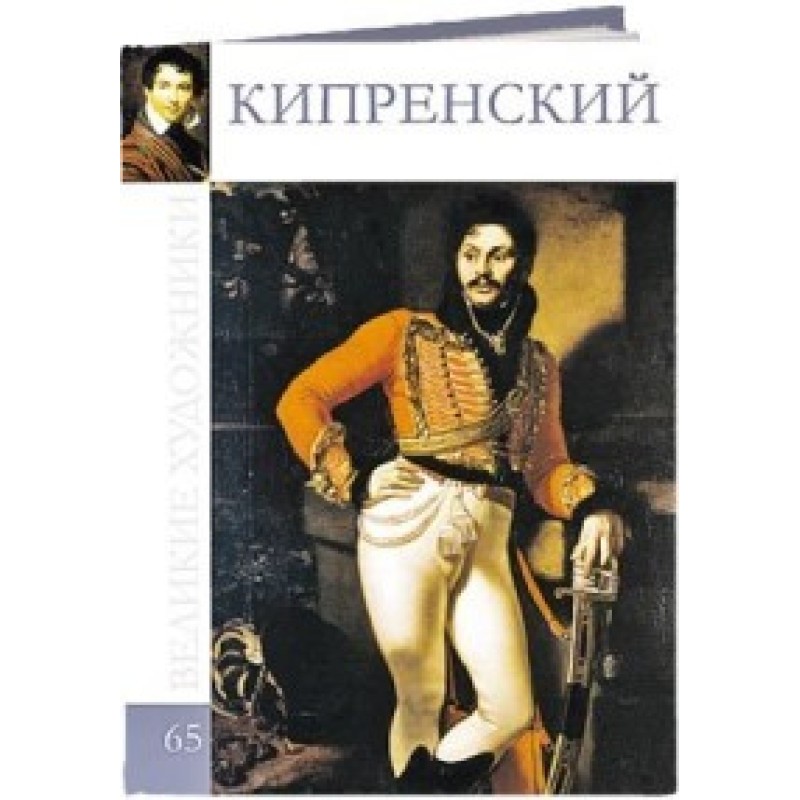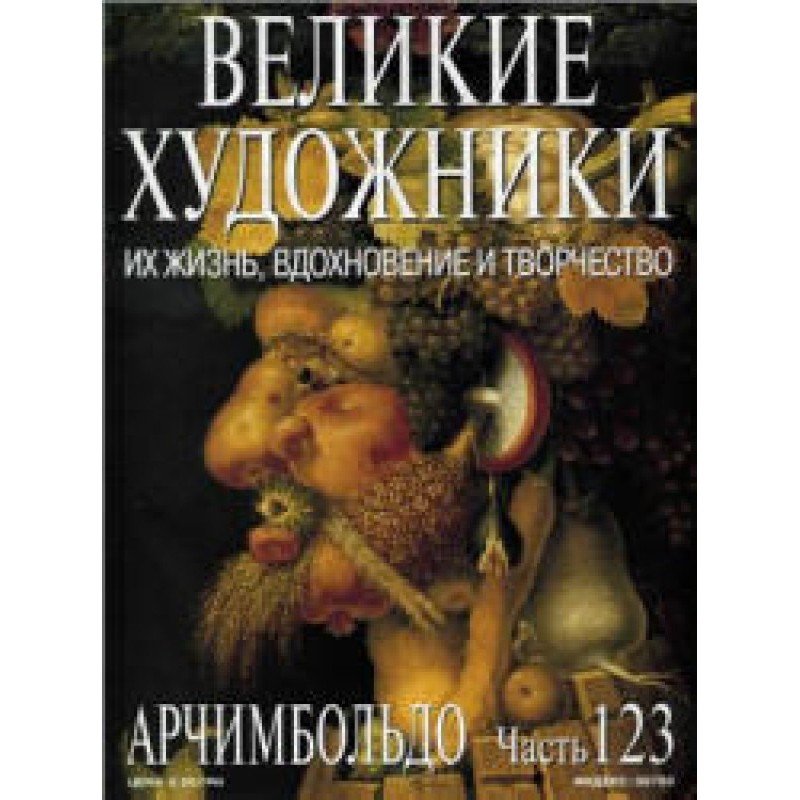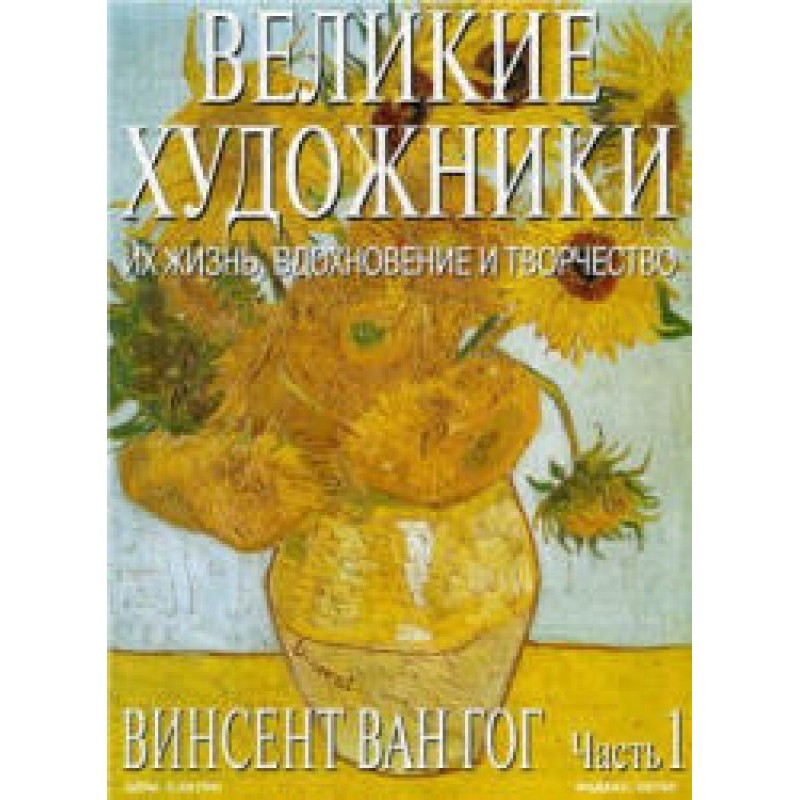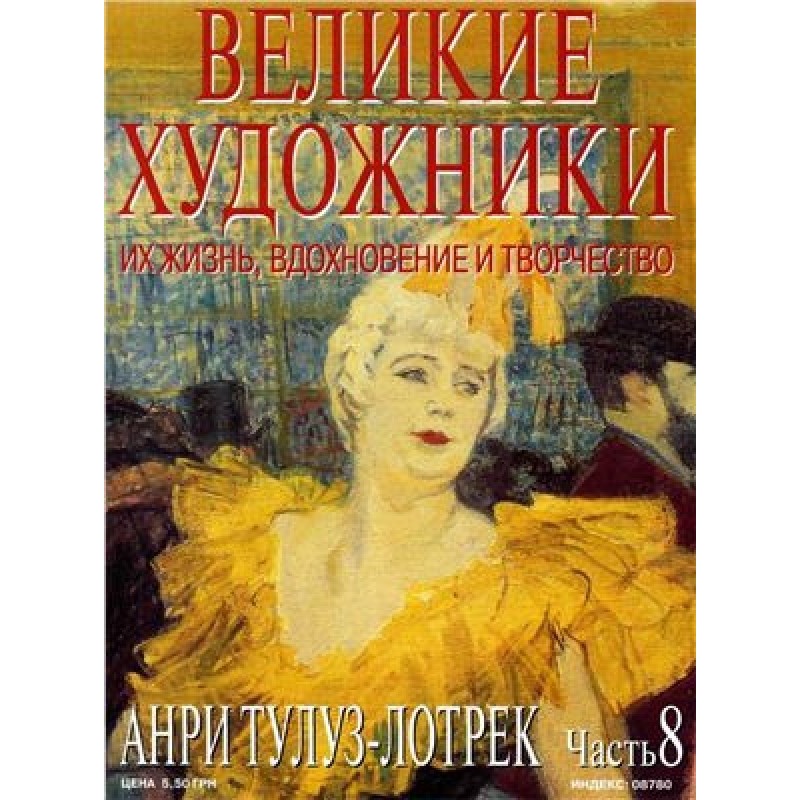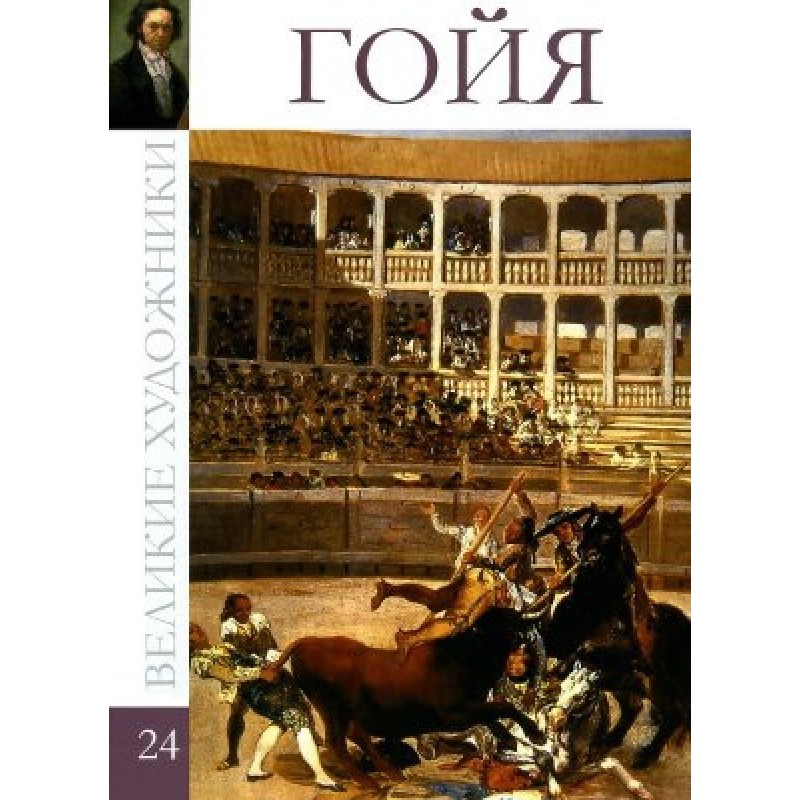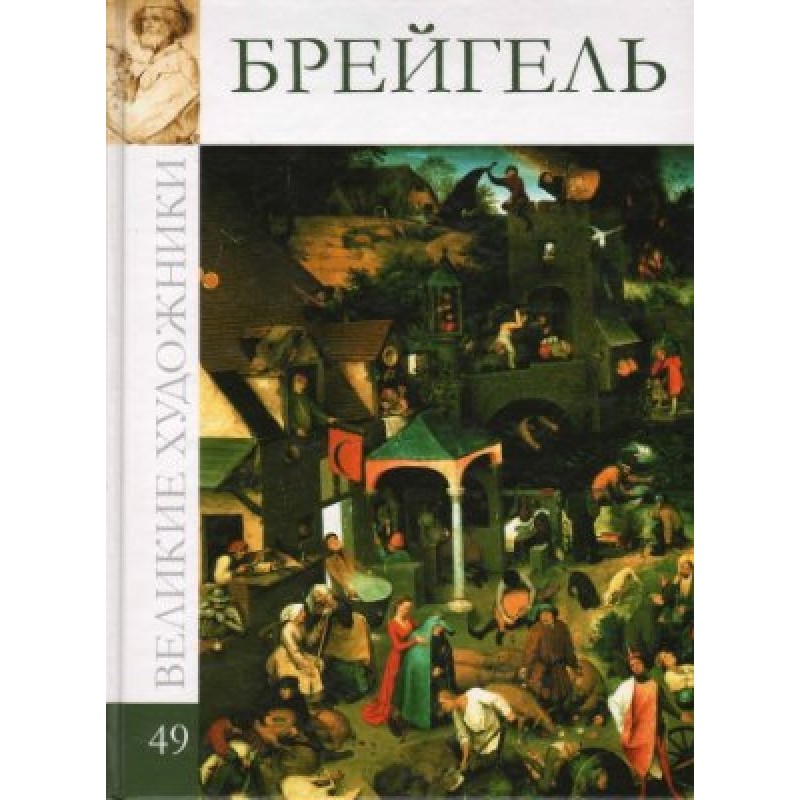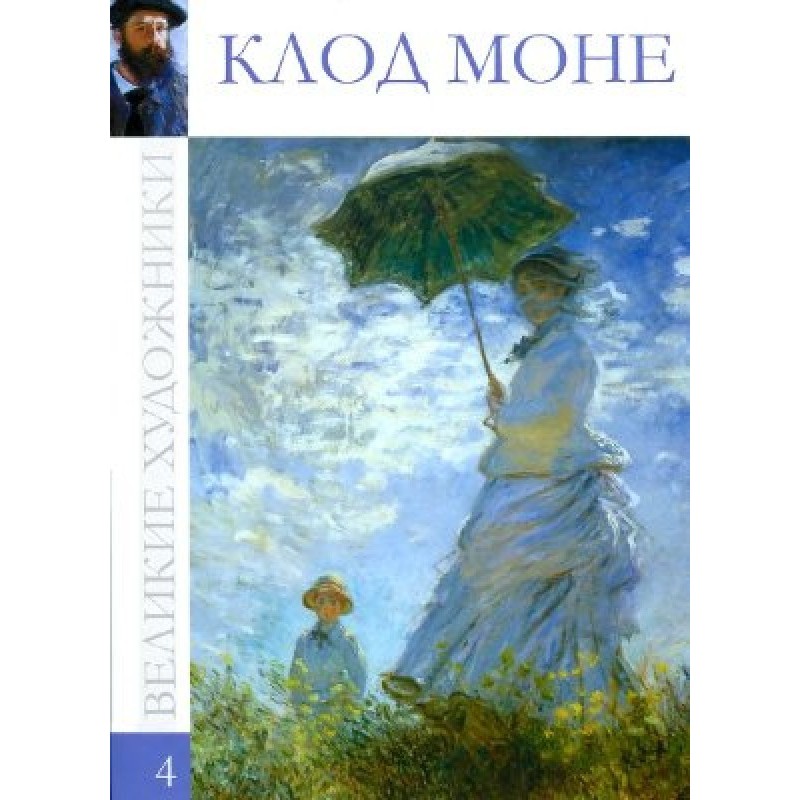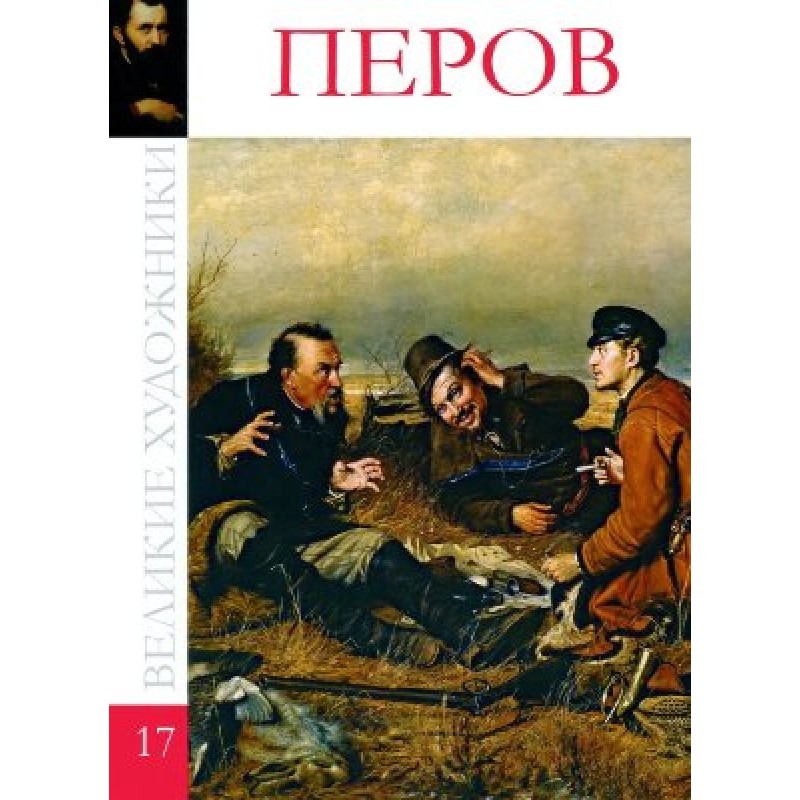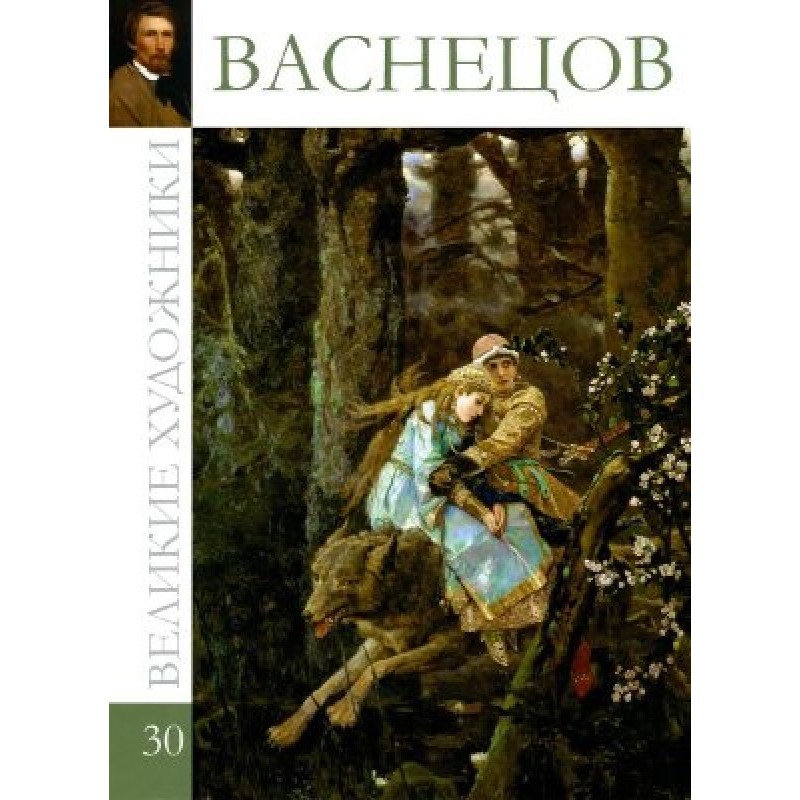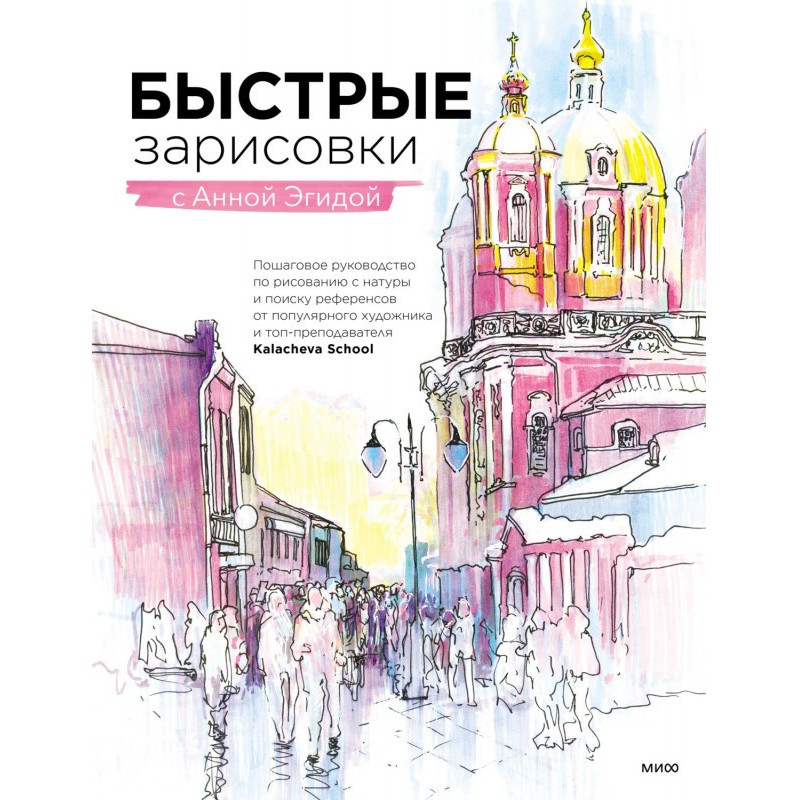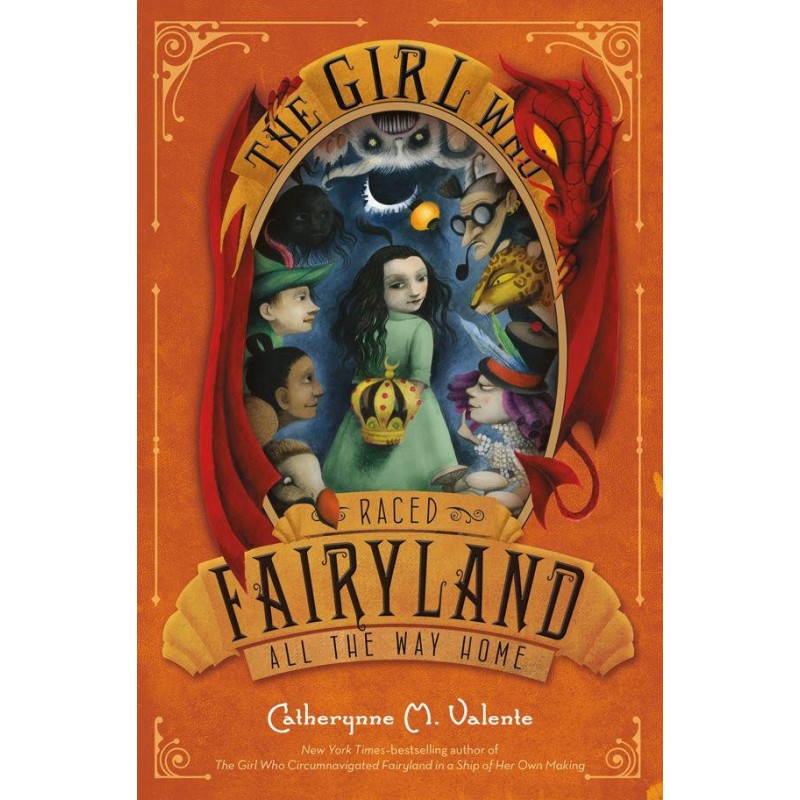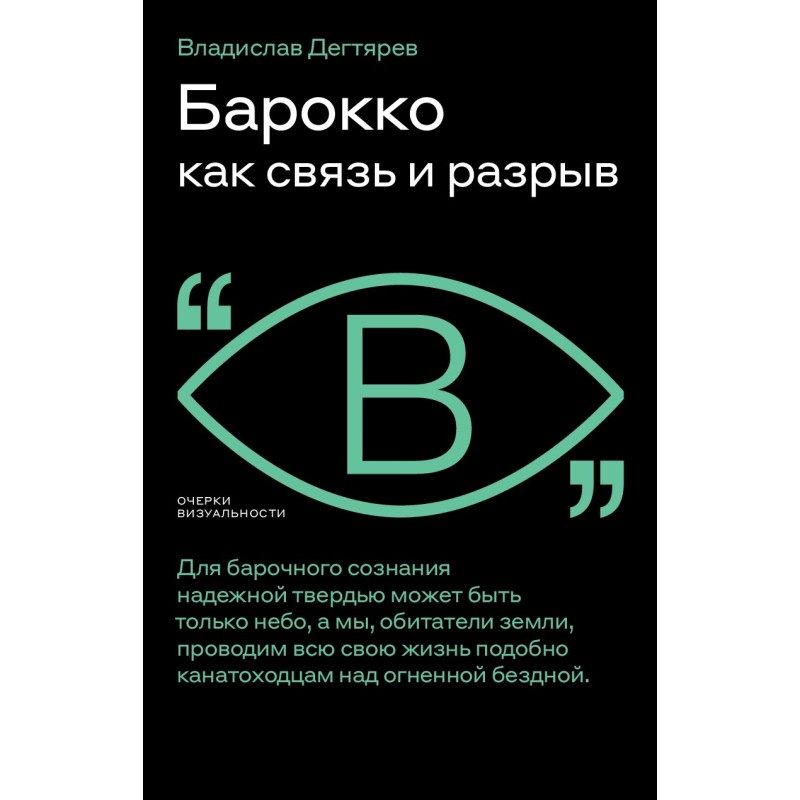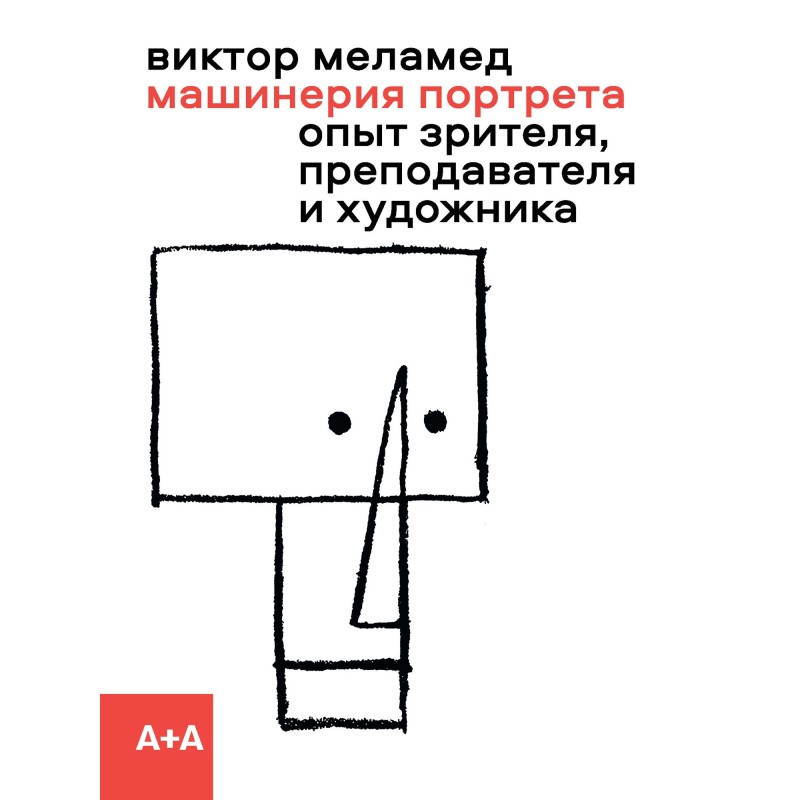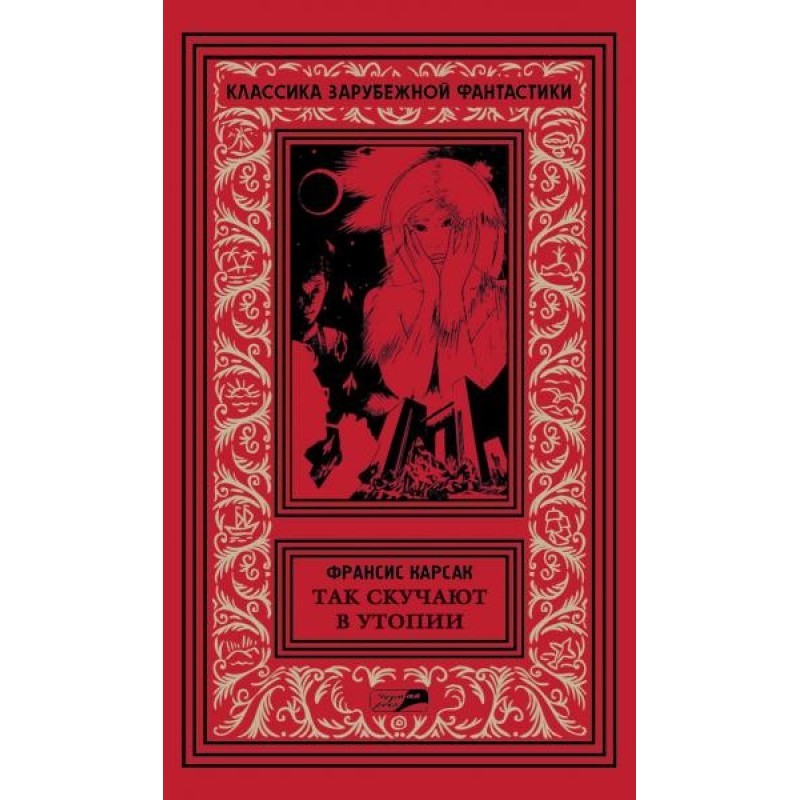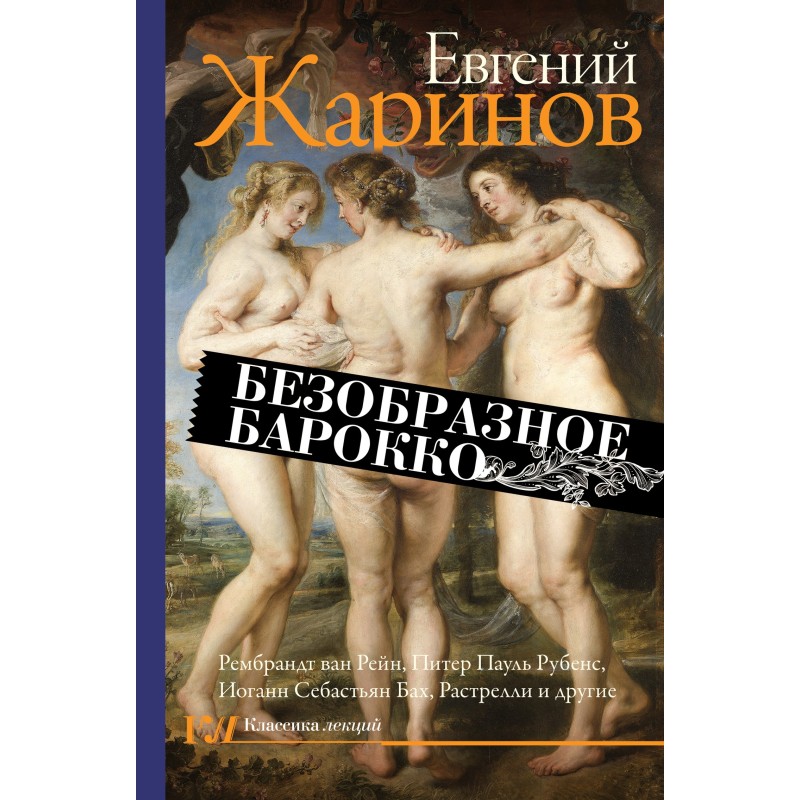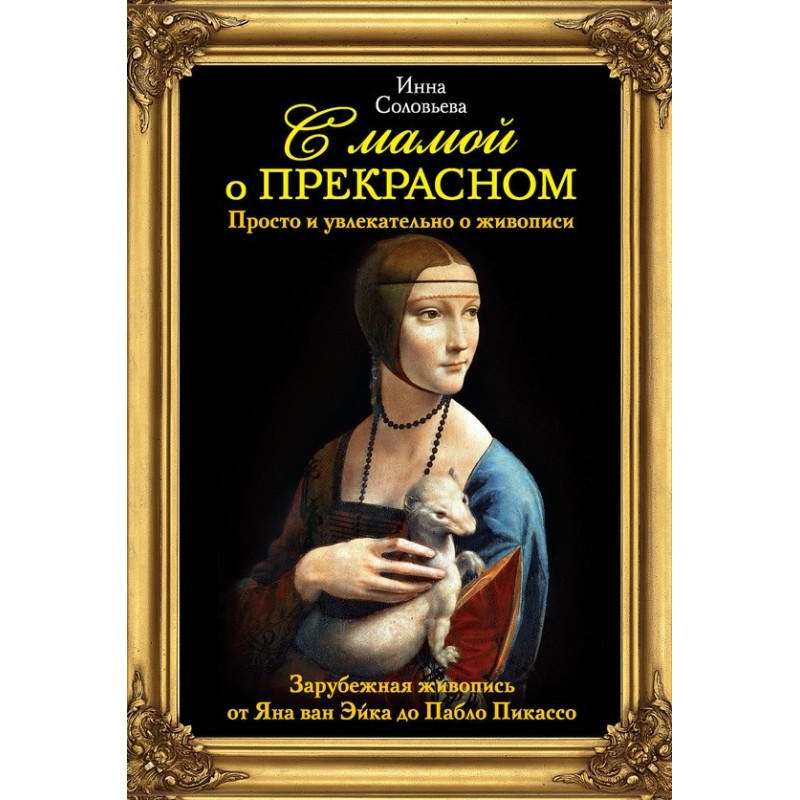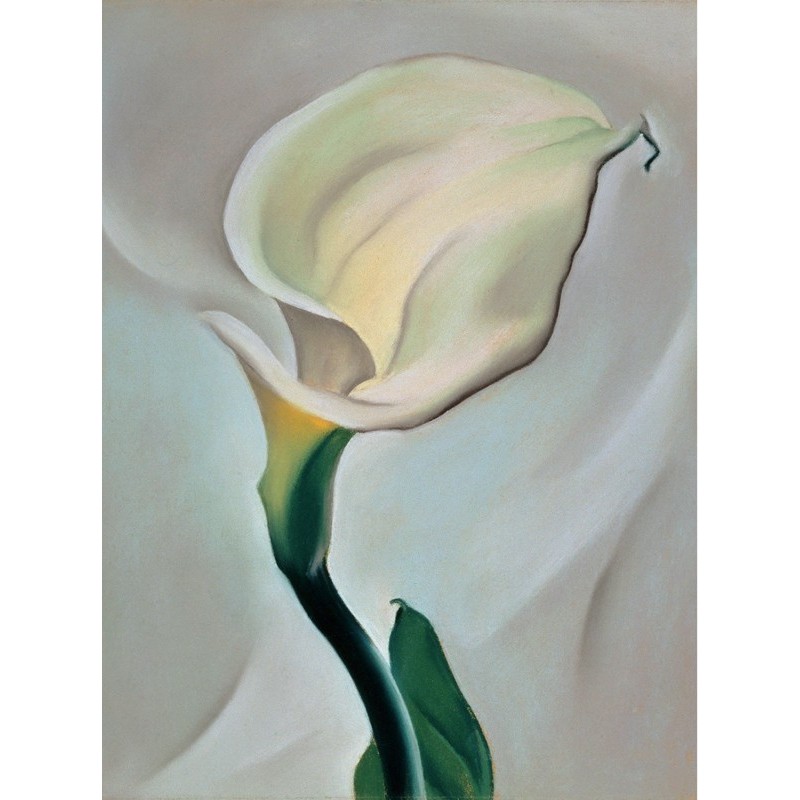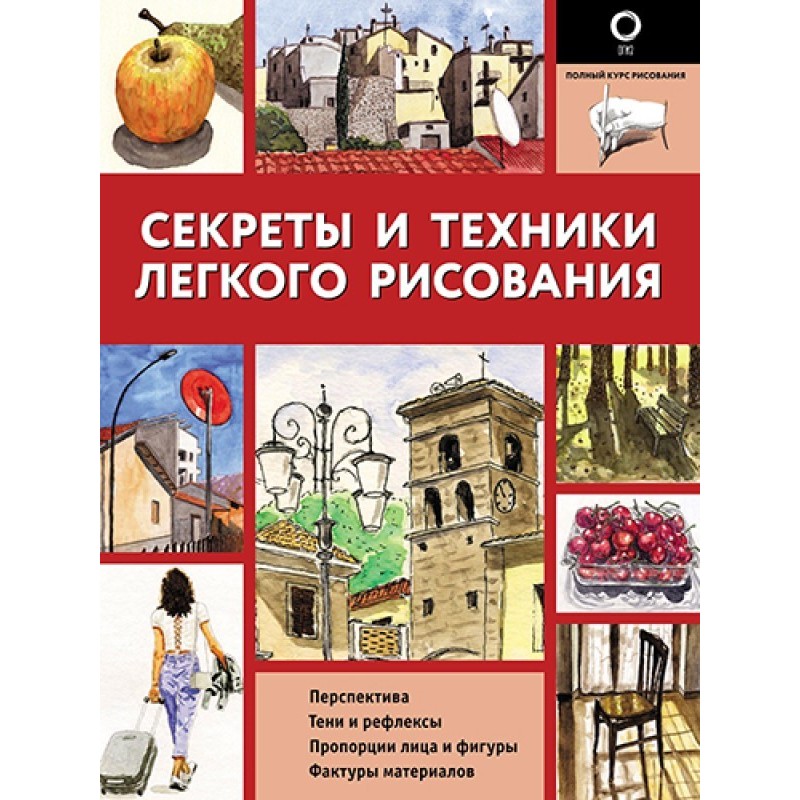Bosch
 Instant download
Instant download
after payment (24/7)
 Wide range of formats
Wide range of formats
(for all gadgets)
 Full book
Full book
(including for Apple and Android)
Hieronymus Bosch (1450-1516) is a Dutch painter who intricately combined in his paintings medieval mystical ideas about the world, features of folklore, philosophical parables and satire. The work of this “emeritus professor of nightmares” remains exciting and mysterious to this day, and his artistic legacy has no analogues in world art.
Of the relatively small number of surviving works by Bosch, only 7 are signed and none are dated by the artist. Most often, the pictures are of a moralizing and didactic content (“Removing the Stone of Stupidity”, “Ship of Fools”). Genre-allegorical scenes, full of crude humor, are written in the detailed, “enamel” painting style of the old Netherlanders. They are dominated by a feeling of painful anxiety for the absurd state of humanity, mired in all kinds of filth. Bosch's main masterpieces, which ensured his posthumous fame, are large altar triptychs, the earliest of which is considered to be “A Wagon of Hay”. The crowded action of the central part of the altar is played out between Heaven on the left and Hell on the right wing - visually the beginning and end of the earthly path of the dissolute human mass. The plot of the main scene plays on the proverb “the world is a cart of hay, everyone drags from it as much as they can.” In the triptych with the Temptation of Saint Anthony, all visible space turns into an earthly hell, flickering with ominous flashes, full of vile, fantastic, but at the same time naturalistically convincing creatures. The picturesque glazes are at the same time surprisingly refined, and most importantly, through all the confusion, the will to self-knowledge emerges, curbing the raging natural elements. The same humanistic motif can be heard in the cycle of one-part paintings about holy ascetics (“St. Jerome in repentance”), where the landscape, the same element, “pacifies” before our eyes from the foreground to the distance, as if demonstrating the fruits of an intense moral struggle. One way or another, the outcome of this struggle as a whole appears intriguingly uncertain. In the most famous and largest triptych (“Garden of Delights”), the action, traditionally for Bosch, takes place between Heaven on the left and Hell on the right - in the center there is an amazing “Hell-Paradise”, where beautiful naked humanity turns out to be the highest graceful fruit and at the same time a passive victim of plant-animal nature, which surrounds people with traps in the form of giant berries, insects, animated rocks and other “surreal” details.
Data sheet
- Name of the Author
- Автор Неизвестен -- Искусство
- Language
- Russian
Reviews
Неперевершене мистецтво, що змушує задуматися про людство!
Книга про Ієроніма Босха - це справжня подорож у світ загадок і містики, що оточують творчість цього геніального живописця. Автор глибоко аналізує його картини, розкриваючи їхній символізм та алегорії, які вражають своєю складністю та багатогранністю. Босх вміло поєднує елементи фольклору, філософії та сатири, створюючи унікальні образи, які змушують нас замислитися про абсурдність людського існування. Особливо вражає опис його великих вівтарних триптихів, які не лише естетично привабливі, але й несуть глибокий моральний зміст. Книга майстерно передає атмосферу тривоги та пошуку сенсу, що пронизує творчість Босха. Вона стане чудовим доповненням для всіх, хто цікавиться мистецтвом, історією та філософією. Рекомендую всім, хто прагне зрозуміти глибину і складність людської природи через призму мистецтва!

